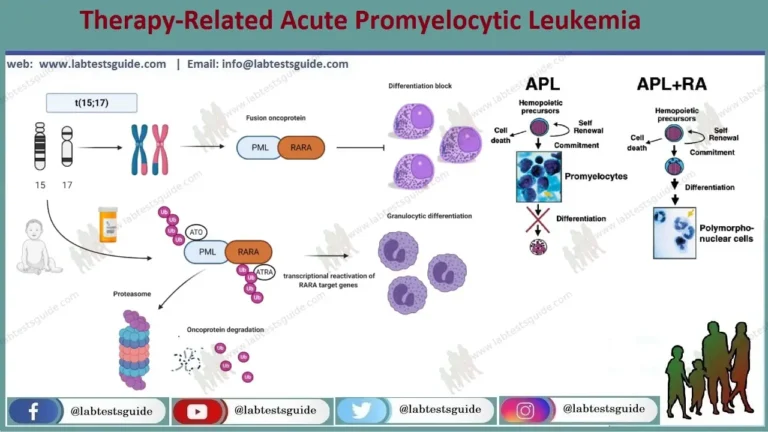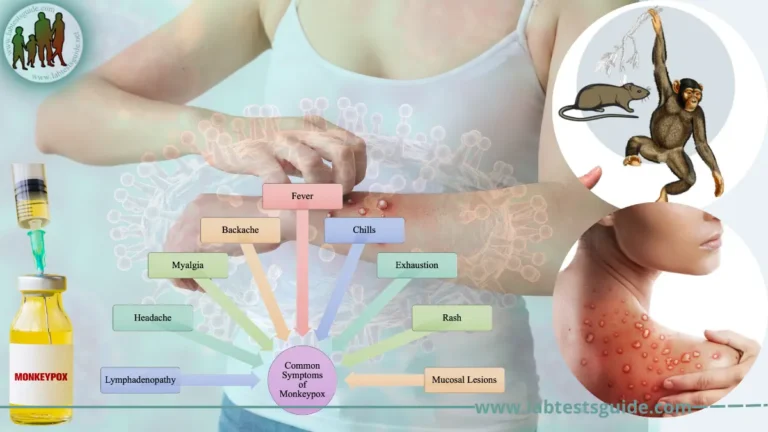ThePregnancy first trimester begins on the first day of your last period and lasts until the end of week 12. This means that by the time you know for sure that you are pregnant, you may already be five or six weeks pregnant.

A woman’s body goes through many changes during the first 12 weeks of pregnancy. Women often begin to have concerns about:
- what to eat
- what types of prenatal tests to consider
- how much weight could they gain
- how you can make sure your baby stays healthy
Woman’s body during the first trimester
In the first trimester, a woman’s body goes through many changes. The body releases hormones that affect almost every organ in the body. The first sign that you may be pregnant is missing a period. As the first few weeks pass, some women experience the following:
- Tiredness
- Upset stomach
- Throwing up
- Mood swings
- Tender breasts
- Heartburn
- Weight gain
- Headaches
- Cravings for certain foods
- Revulsion to certain foods
- Constipation
First Visit to Health Care Provider:
During your first visit, a doctor will take a full health history and perform a full physical and pelvic exam. The doctor may also:
- Perform an Ultrasound to confirm the Pregnancy
- Perform a Pap test
- Take your Blood Pressure
- Test for sexually transmitted infections, HIV, and Hepatitis
- Estimate your date of delivery or “due date,” which is around 266 days from the first day of your last period
- Screen for risk factors like Anemia
- Check Thyroid levels
- Check your weight
Stay Healthy During the First Trimester:
What to do
Here are good personal health measures to take during the first trimester:
- Take prenatal vitamins.
- Exercise regularly.
- Work out your pelvic floor by doing Kegel exercises.
- Eat a diet high in fruits, vegetables, low-fat forms of protein, and fiber.
- Drink lots of water.
- Eat enough calories (about 300 calories more than normal).
What to avoid
These things should be avoided during the first trimester:
- Strenuous exercise or strength training that could cause an injury to your stomach
- Alcohol
- Caffeine (no more than one cup of coffee or tea per day)
- Smoking
- Illegal drugs
- Raw fish or smoked seafood (no sushi)
- Shark, swordfish, mackerel, or white snapper fish (they have high levels of mercury)
- Raw sprouts
- Cat litter, which can carry a parasitic disease called toxoplasmosis
- Unpasteurized milk or other dairy products
- Deli meats or hot dogs
Pregnancy week by week
- Preconception :
When a woman is considering having a child, she and the prospective father should consult with their healthcare practitioner(s). Based on the family and medical histories of the biological parents, certain tests may be recommended to help ensure as healthy a pregnancy as possible. These tests include genetic testing for certain inherited diseases and disorders to understand the risk of having a child with one of these and tests to detect any infections or conditions that the mother-to-be may have that could put her or her unborn baby at risk.
READ MORE >> - First Trimester:
A baby grows rapidly during the first trimester (weeks 1 to 12). The fetus begins developing their brain, spinal cord, and organs. The baby’s heart will also begin to beat.
READ MORE >> - Second Trimester:
During the second trimester of pregnancy (weeks 13 to 27), your healthcare provider will likely perform an anatomy scan ultrasound.
READ MORE >> - Third Trimester:
During the third trimester (weeks 28 to Delivery), your weight gain will accelerate, and you may feel more tired.
READ MORE >>
Related Content :
- Pregnancy and vaginal discharge.
- Pregnancy and urinary tract infections (UTIs).
- Pregnancy prevention.
- Pregnancy diet.
- Pregnancy and exercise.
- Pregnancy massage.
- When to seek medical care.
- Pregnancy and labor.
- Prognosis.
- The takeaway.
Tests Associated with Pregnancy
| PURPOSE | TEST NAME | WHY PERFORMED | WHEN PERFORMED | WHO PERFORMED ON/SAMPLE |
|---|---|---|---|---|
| Genetic tests for inherited diseases | Genetic testing for inherited diseases | Check carrier status for certain genetic diseases to determine risk of having a baby with such a disease | Preconception or first trimester | Mother and father (blood sample) |
| Genetic testing for hemoglobin disorders | Check carrier status for certain abnormal hemoglobin disorders to determine risk of having a baby with such a disease | Preconception or during pregnancy | Mother and father (blood sample) | |
| Cystic fibrosis carrier testing | Check carrier status for CF | Preconception or first trimester | Mother and father (blood sample) | |
| Testing to detect health conditions in the mother | Blood glucose or hemoglobin A1c | To screen women at risk of type 2 diabetes (which is different than gestational diabetes) | Preconception or first trimester | Mother (blood sample) |
| Pap test and HPV testing | Screen for cervical cancer and some STDs | Preconception or first trimester | Mother (cells from her cervix) | |
| Immunity to rubella (German measles) | Check for immunity to the virus, which can cause birth defects | Preconception or first trimester | Mother (blood sample) | |
| HIV screening test | Check for HIV infection so steps can be taken to reduce likelihood of transmission to the baby | Preconception or first trimester; may be repeated in third trimester if at high risk | Mother (blood sample) | |
| Gonorrhea, chlamydia, and syphilis tests | Check for STD infections, which can cause miscarriage or infect the baby during delivery | Preconception or first trimester; may be repeated in third trimester if at high risk | Mother (cervical cells, urine or blood sample, depending on test) | |
| Hepatitis B and hepatitis C screening | Detect hepatitis B or hepatitis C infection | Pre-conception or first trimester; may be repeated in the third trimester if at high risk | Mother (blood sample) | |
| Varicella zoster virus testing | Check for immunity to chickenpox, which can cause birth defects | Preconception or first trimester | Mother (blood sample) | |
| TORCH panel | Check for infection with toxoplasmosis and other infections that can cause birth defects | Preconception or first trimester, if infections suspected | Mother (blood sample) | |
| Bacterial vaginosis | Detect infection, which can cause pre-term labor | Preconception or whenever symptoms experienced | Mother (vaginal secretions) | |
| Urine culture for bacteriuria | Detect bacterial infection in the urinary tract, which can lead to kidney infection or increased risk of pre-term delivery and low birth weight | First prenatal visit or between 12 and 16 weeks of pregnancy; may be repeated in third trimester | Mother (urine sample) | |
| Group B streptococcus | Detect infection, which can harm the baby during birth and infect the mother’s uterus, urinary tract, and any incision made during a cesarean section | Between weeks 35 and 37 of pregnancy | Mother (specimen from vaginal and rectal areas) | |
| Confirmation and monitoring of pregnancy and health of mother | Pregnancy test (hCG) | Confirm pregnancy | First trimester | Mother (blood sample) |
| Urine screen for glucose and/or protein | Check for signs of kidney or bladder infection, undiagnosed diabetes or gestational diabetes, or pre-eclampsia | Each prenatal visit | Mother (urine sample) | |
| Complete blood count (CBC) | Check for anemia and/or detect low platelet count | Preconception and/or early in the first trimester; repeated in third trimester | Mother (blood sample) | |
| Blood typing and antibody screen | Check for potential incompatibility in blood type between mother and fetus (such as Rh factor antibodies) | First trimester; antibody screen repeated between weeks 28 and 29 of pregnancy | Mother (blood sample) | |
| Glucose challenge test/oral glucose tolerance test | Check for gestational diabetes | Between 24 and 28 weeks of pregnancy | Mother (blood sample) | |
| Thyroid stimulating hormone (TSH) | In women with known thyroid conditions, to adjust medication if necessary | Throughout pregnancy | Mother (blood sample) | |
| Detection of fetal abnormalities or assessment of risk | First trimester Down syndrome screen | Assess risk of carrying a fetus with certain chromosomal abnormalities, such as Down syndrome | Usually between 11 and 14 weeks of pregnancy | Mother (blood sample plus ultrasound) |
| Second trimester maternal serum screen | Assess risk of carrying a fetus with certain chromosomal abnormalities or open neural tube defects | Between 15 and 20 weeks of pregnancy | Mother (blood sample) | |
| Cell-free fetal DNA | Assess risk of carrying a fetus with certain chromosomal abnormalities; currently recommended for women at high risk of having babies with these disorders | During or after the 10thweek of pregnancy | Mother (blood sample) | |
| Chorionic villus sampling | Detect chromosomal disorders in the fetus | Between weeks 10 and 12 of pregnancy, if recommended | Mother (cells from the placenta) | |
| Amniocentesis | Detect certain birth defects and chromosomal abnormalities | Between 15 and 20 weeks of pregnancy, if recommended | Mother (amniotic fluid) | |
| Cordocentesis | Detect chromosomal abnormalities, blood disorders, and certain infections | Between weeks 18 and 22 of pregnancy, if recommended | Mother/fetus (fetal blood sample obtained from vein in the umbilical cord) | |
| Fetal maturity/readiness for birth | Amniocentesis | Check fetal lung development | After week 32 of pregnancy if risk of pre-term delivery | Mother (amniotic fluid) |
| Fetal fibronectin (fFN) | Detect fFN; negative result is highly predictive that pre-term delivery will NOT occur in the next 7-14 days | Between week 22 and 35 of pregnancy, if having symptoms of pre-term labor | Mother (cervical or vaginal fluid sample) |
Possible References Used






